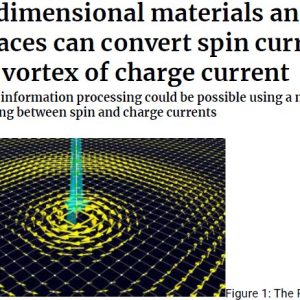
Effects of surface layer and hydrogen on fatigue strength of Al–4%Ge alloy
₩4,000
In this study, the effect of surface layer and hydrogen on the fatigue strength of Al–4ÿGe alloy was investigated. As the results, the following points were clarified.
(1) Tensile strength of the specimen subjected to the Ni–P plating after aging treatment or furnace cooling treatment was improved by about 10ÿ in comparison to one of
the non–processed specimens. (2) Breaking elongation of the specimen subjected to the Ni–P plating after aging treatment showed no significant changes in comparison
to one of the non–processed specimens. On the other hand, breaking elongation of the specimen subjected to Ni–P plating after a furnace cooling treatment was reduced
to 70ÿ in comparison to one of the non–processed specimens. (3) Fatigue strength of the specimen subjected to the Ni–P plating after a furnace cooling treatment was
overall reduced rather than one of non–processed specimens. (4) Fatigue strength of the specimen subjected to the Ni–P plating after aging treatment was overall
reduced, except for the low–stress region, rather than one of the non–processed specimens. (5) In the specimen subjected to Ni–P plating after a furnace cooling
treatment or aging treatment, clear hydrogen desorption was recognized. On the other hand, there was only hydrogen desorption from a few of the non–processed
specimens. Especially, it is considered that the poor fatigue strength and ductility of the plating materials are mainly due to the interaction between the surface precipitates
and hydrogen gas.





상품평
아직 상품평이 없습니다.